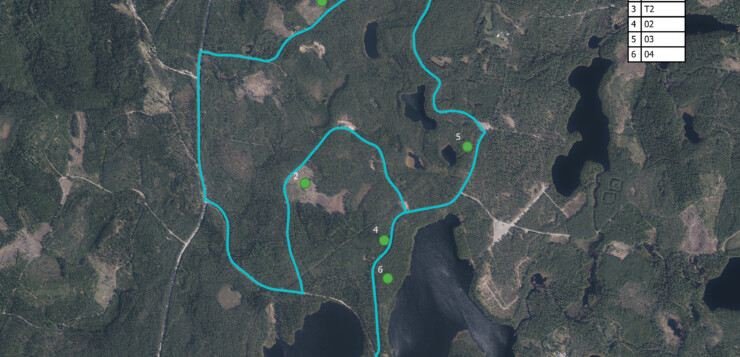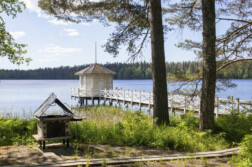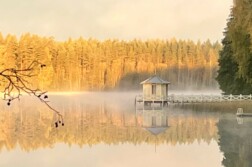Have you ever considered studying forestry or wanted to know more about forest development and management? This forest development tour is just what you’ll need to dip your toe into the knowledge of forest management processes and how forests develop over time.
The Evo area is a great place to start if you want a compact and immersive learning experience about Finnish forest management practices. The forests around the Evo campus offer a wide variety of forest types and development classes that you can tour in an afternoon!
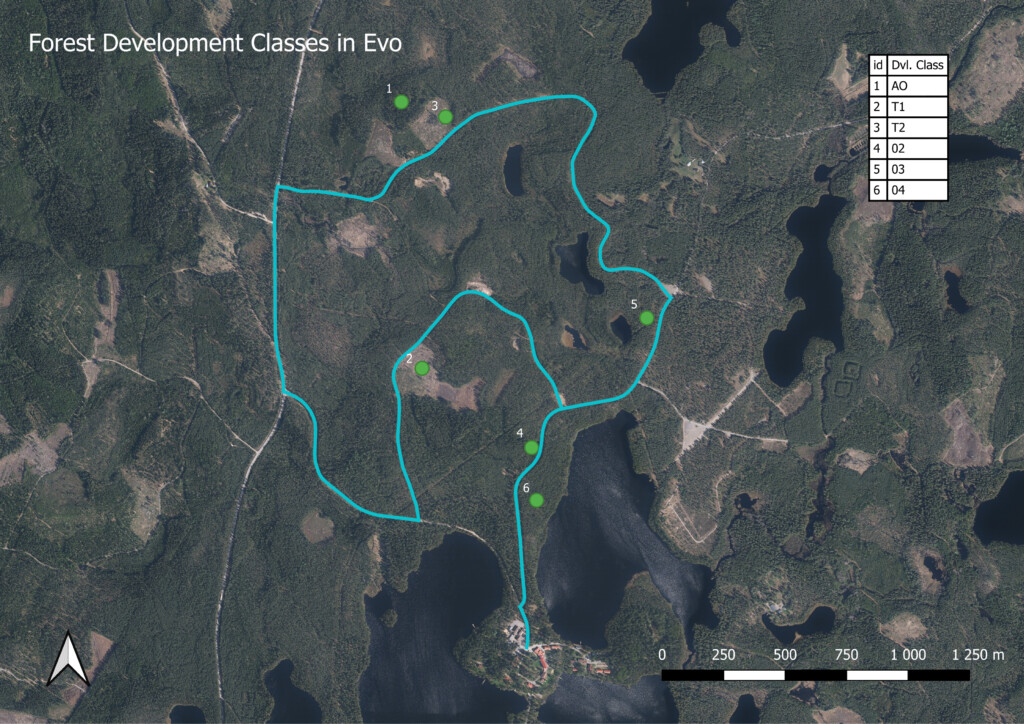
One way of classifying forests is by their maturity. This classification gives us an understanding of the different growth stages and also indicates the need for specific management practices. I have explored the Evo area thoroughly and have comprised a list of six different locations where you can see the forest development classes from an open area, ready for regeneration, all the way to a mature forest that is ready for harvest. I recommend making your way around the tour in a car and taking short hikes to the plots where you can freely walk around and make observations about each forest development class.
There are six stops on this tour and they are as follows:
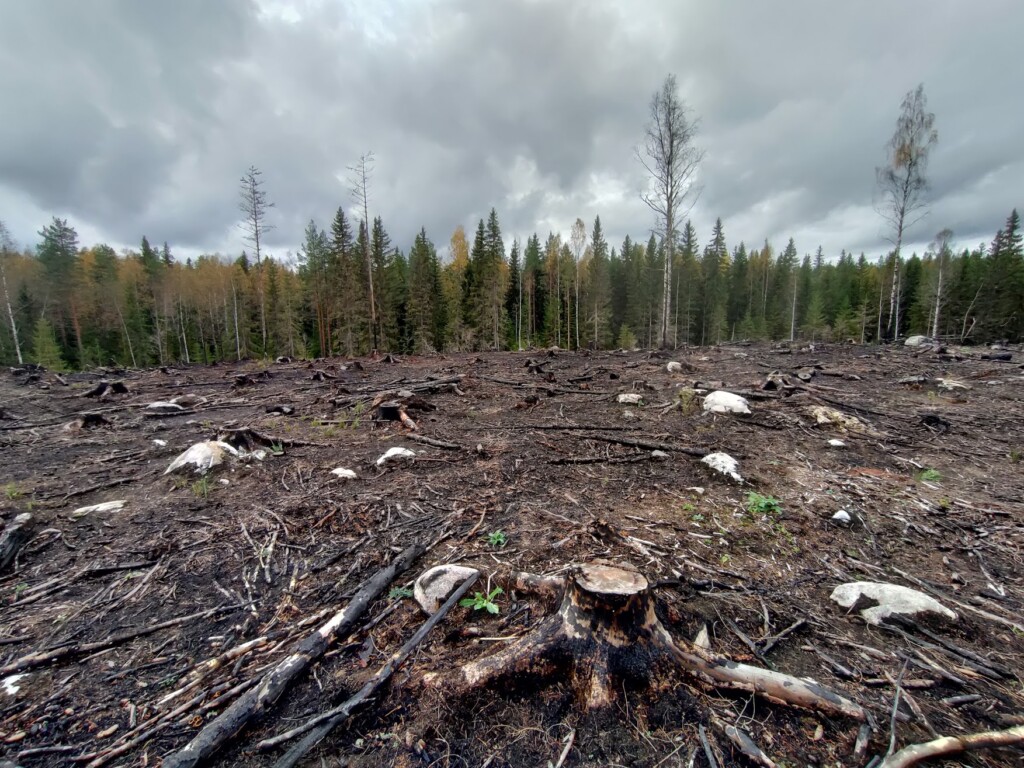
1: Open Area (AO): An open area is a plot that is ready for regeneration. In this specific case, plot 1 on the map is a site that has undergone a prescribed burning in the spring of 2023. This burning process gives the forest floor nutrients and promotes biodiversity by inviting specific species that rely on burnt wood, for example, the false darkling beetle which is an endangered species in Finland. When you look around this site, you can see numerous retention trees which also encourage biodiversity and work as seed trees for the new forest generation. This plot will likely undergo some form of soil preparation before saplings are planted to give the new trees a higher chance of survival.
2: Young Seedling Stand (T1): Plot 2 on the map is a young seedling stand that has been planted around 2-3 years ago. This site has been patch mounded, which is a form of soil preparation. The seedlings are planted on mounds to give them a thicker layer of mull from which they can draw more nutrients. The management procedure usually done in this stage is the thinning of grass species that grow close to the seedling and compete for light, nutrients, and space.
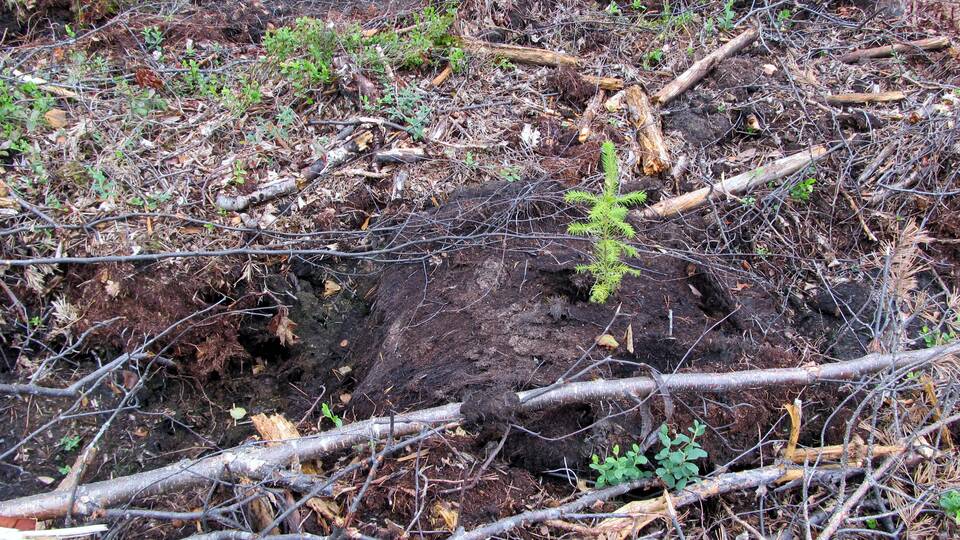
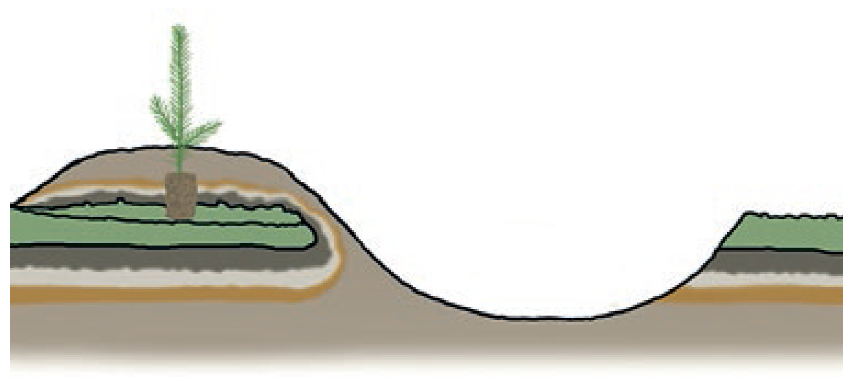

3: Sapling Stand (T2): The sapling stand on plot 3 on the map is a great example of a mixed-species young forest. The site contains spruce, pine, and birch saplings and will surely grow into a rich and biodiverse forest. However, at this stage of growth, the birch trees will outcompete the coniferous saplings and most of them will be removed in the clearing process. Clearing is a way to give viable trees more space to grow and decrease the competition between trees growing close to each other.
4: Young Forest Stand (02): Plot 4 is a young forest stand around 20-40 years of age. This forest has reached its thinning stage. The trees are beginning to mature and need more room to grow their crowns. The first thinning of a young forest gives healthy and viable trees in the stand the best conditions for growth. The first thinning is also the first time the forest will yield usable wood in the form of smaller trees used for pulp.
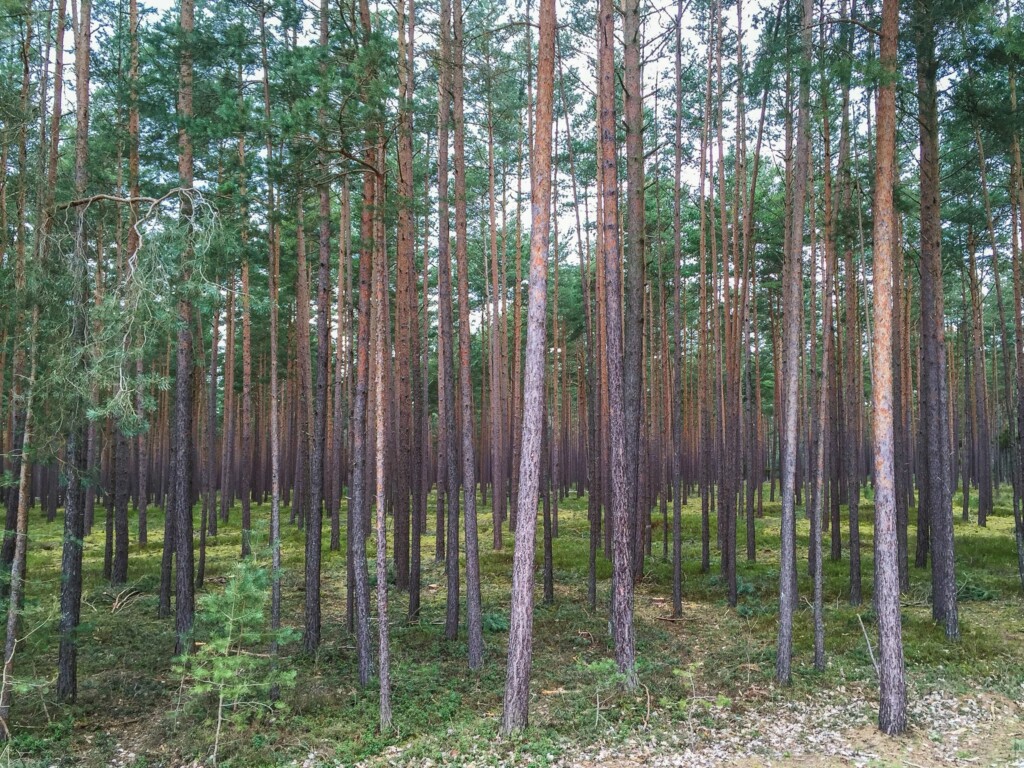

5: Middle-aged Forest Stand (03): At the site of plot 5 there is a middle-aged forest stand that is anywhere from 40-60 years old. This forest is close to maturity, though not yet viable for a clearcut. The forest needs a second thinning which will produce partly logwood from already mature trees as well as pulpwood from the smaller stems. This final thinning will ensure the best growing conditions for the remaining trees.
6: Mature Forest Stand (04): The forest has reached the end of its rotation period and is ready for clearcutting and regeneration. The value growth during this stage slows down and the mature trees will be harvested to be used in logwood products.
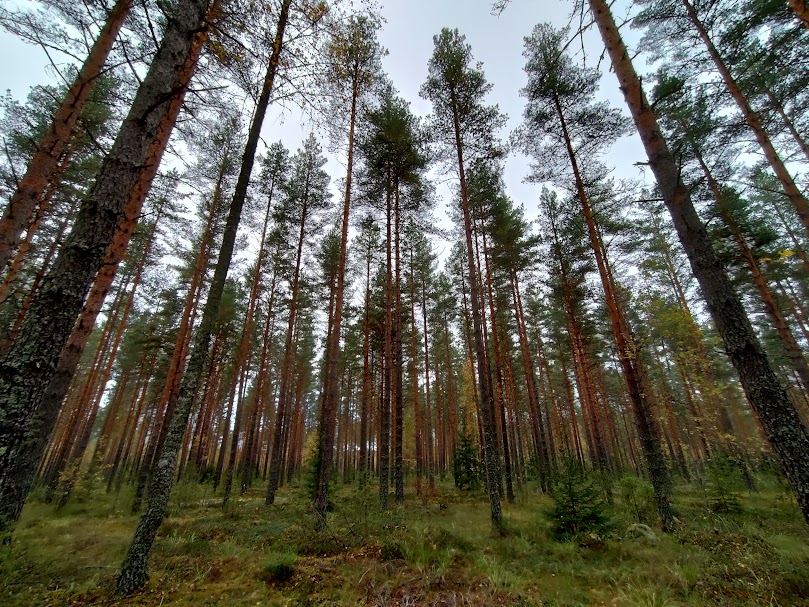
Being able to see the development of forests firsthand is very helpful in understanding the forest management processes. This tour is meant for beginners to have a short and informative visit to the educational forests around Evo. Seeing every step in the growth of a healthy and well-managed forest will hopefully raise new questions about forest management in Finland and hopefully even make you consider studying it, either in our forest management program or of your own budding curiosity.

